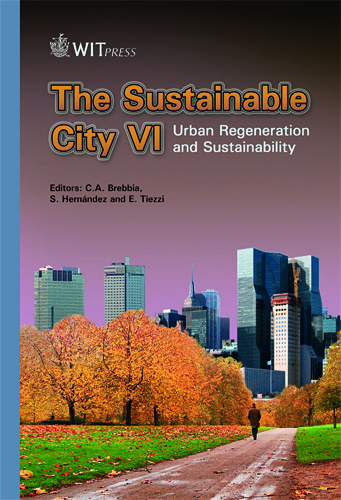Optimization Of C&D Waste Management By The Application Of Life Cycle Assessment (LCA) Methodology: The Case Of The Municipality Of Rome, Italy
Price
Free (open access)
Transaction
Volume
129
Pages
12
Page Range
497 - 508
Published
2010
Size
532 kb
Paper DOI
10.2495/SC100421
Copyright
WIT Press
Author(s)
F. La Marca
Abstract
In recent years, in Italy, a large quantity of construction and demolition (C&D) waste has been generated: in the year 2004 a production of about 46,0 Mt of C&D waste has been estimated. After mechanical treatment, this waste can be recovered and recycled as secondary raw material, determining economic and environmental benefits, by reducing landfill, transportation and primary resources consumption. To date, the recycling rate of C&D waste in Italy is only 10%, due to the amount of recycled product. This study is aimed at carrying out an analysis of C&D waste flow, in the Municipality of Rome, Italy, considering both the amount properly disposed or recycled, and the amount illegally dumped on the territory or in the containers for municipal solid waste. Furthermore, application of the Life Cycle Assessment (LCA) methodology has been applied in order to optimize C&D waste recycling, considering the environmental impact connected to different C&D waste management schemes. Data obtained from the LCA methodology allowed one to quantify the environmental performance, to estimate the costs of each scheme considered, and finally to evaluate the best C&D waste management. Keywords: C&D waste, waste management, recycling, LCA. 1 Introduction In many countries, construction and demolition (C&D) waste generation has been increasing over the past decade, due to social and economic factors, such as population increase and rapid growth of towns and cities.
Keywords
C&D waste, waste management, recycling, LCA





